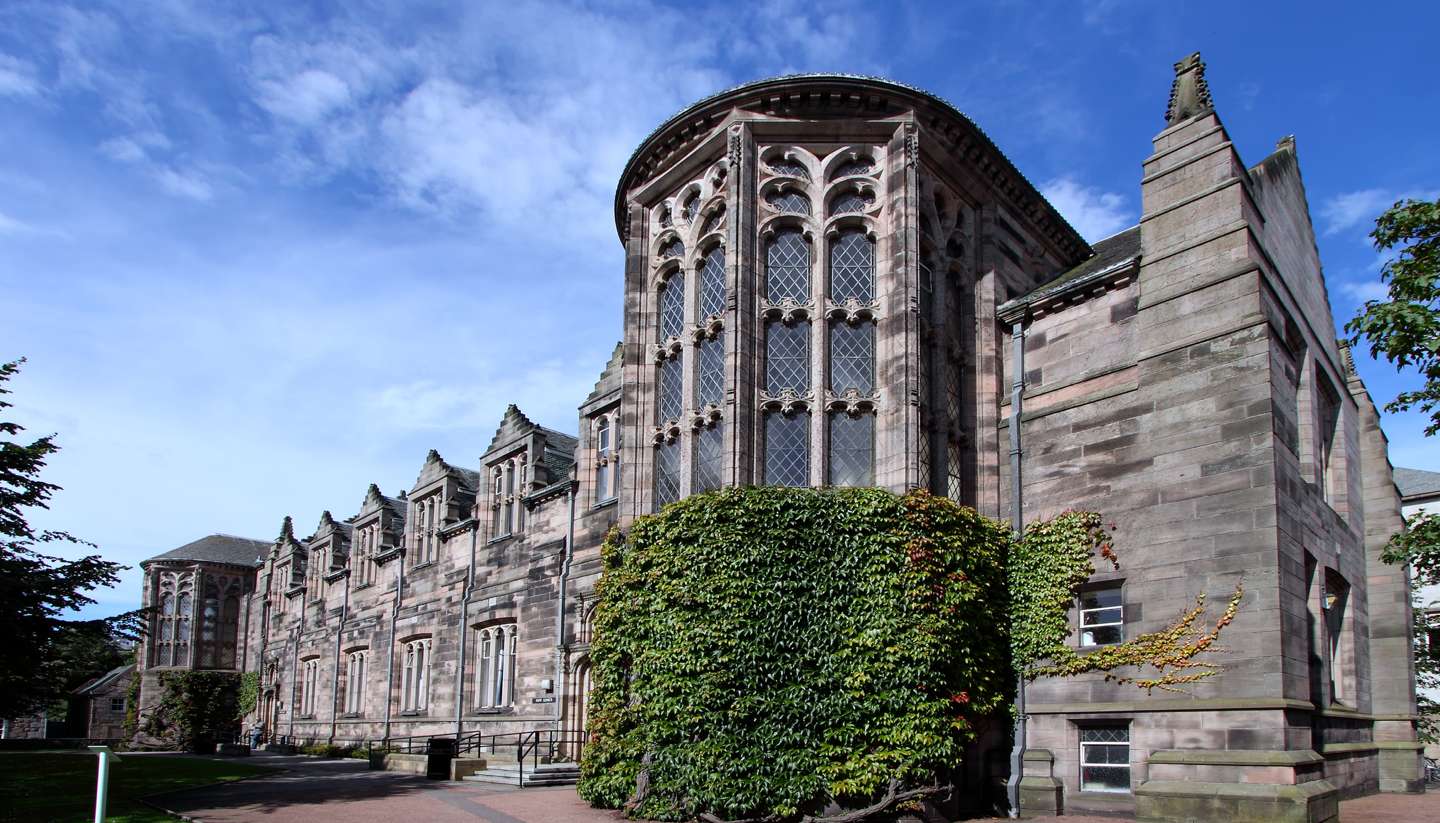Aberdeen History
One of the oldest cities in the UK, Aberdeen started life more than 8,000 years ago and was made up of two settlements: Old Aberdeen close to the mouth of the River Don and New Aberdeen, where a stream met the River Dee. Thanks to its waterside location, it swiftly became a key trading port, exporting wool, hides and other goods to England and beyond.
England was a source of much strife in years to come, not least during the reign of Edward I, the Hammer of the Scots, whose armies ruled the city. Robert the Bruce laid siege to Aberdeen Castle in 1308 and retook the city. But by 1336, the English were back, and the city was burned by Edward III before being rebuilt and fortified.
Despite the ravages of the Black Death, the subsequent centuries and union with England brought peace and the opportunity to trade. Much of its prosperity came from fishing and transporting goods but during the 18th and 19th centuries, agriculture, granite quarrying and manufacturing brought yet more wealth to fill the city's coffers.
The dawn of the 20th century found Aberdeen prospering, but like the rest of the UK, it would suffer grievously during WWI and the Great Depression that followed. During WWII, the city was heavily bombed with one Luftwaffe raid seeing no fewer than 129 bombs dropped on the centre.
Post-war Aberdeen was heavily bomb-damaged, with a decline in manufacturing adding to the city's malaise. But the discovery of oil in the North Sea was to change its fortunes once more, with Aberdeen now a hub of UK oil production.
Today, aside from its architecture, the city is famed for its 45 parks and gardens and its plethora of flowers. Millions of roses, crocuses and daffodils have been planted across the city, helping Aberdeen to win the annual Scotland in Bloom competition no less than 20 times.
Did you know?
• Established in 1136, Aberdeen Harbour Board is Britain's oldest business.
• The first photograph of a comet was taken in Aberdeen in 1882.
• The Thermopylae, the fastest sailing ship ever built, was made in the city in 1868.


